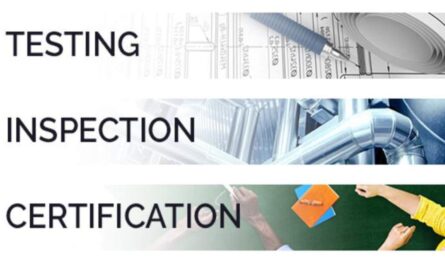The global business landscape has become increasingly complex in recent years with rising geopolitical tensions, climate change inducing natural disasters, and the ongoing COVID-19 pandemic continuing to cause massive disruptions in supply chains worldwide. As these risks intensify, the need for effective supply chain risk management strategies has never been greater for companies looking to improve resilience and minimize disruptions.
Understanding Supply Chain Risks
Before diving into Supply Chain Risk Management strategies, it’s important for companies to first understand the types of risks that can impact supply chains. Supply chain risks generally fall under two broad categories – operational and external risks. Operational risks are those that originate from within the direct control of the organization like supplier failures, manufacturing issues, fulfillment problems, etc. External risks on the other hand originate from forces outside the control of any single organization like economic shocks, political instability, climate events, pandemics and other natural disasters.
With globalization connecting supply networks across vast geographies, even small localized disruptions now have the potential to trigger ripple effects across entire supply chains. The COVID-19 pandemic starkly highlighted how fragile modern supply chains have become with lockdowns, factory shutdowns and shipping disruptions causing widespread shortages. Other major supply chain disruptions in recent times include earthquake-related damage to Japanese auto plants post 2011 Tōhoku earthquake and tsunami and the Suez Canal blockade in 2021 impacting global trade.
Assessing and Mapping Supply Chain Risks
The first step for companies towards building supply chain resilience is to conduct a thorough risk assessment and mapping exercise. This helps identify vulnerabilities and Single Points of Failure (SPOF) across the extended supply network. Risk mapping should include evaluating tier 1, 2 and 3 suppliers based on factors like geographic concentration, reliance on limited transportation channels, dependence on sole or few sourcing partners, lack of dual sourcing abilities, poor inventory management etc.
Tools like supply chain simulations and scenario analyses can aid in modelling potential disruptions and their spillover effects. Historical data on prior disruptions faced by key suppliers or disruptions within relevant industry sectors also provides valuable inputs for the risk assessment. Regular supplier audits help evaluate suppliers’ financial health, quality control processes, business continuity plans, insurance coverage and capabilities to withstand interruptions. This systematic approach helps prioritize the most critical risks needing immediate mitigation strategies.
Mitigation through Diversification and Flexibility
Diversification of the supplier base, inventory holdings and transportation channels are among the most reliable mitigation strategies against supply chain disruptions. Companies need to on-board additional suppliers, ideally from different geographic regions to avoid over-dependence on single or clustered sources. Multi-sourcing reduces the probability of facing shortages in case of supplier-specific issues.
Similarly, maintaining adequate buffer stockholds at strategic points can help absorb minor supply shocks without disruption. Flexible manufacturing capabilities and flexibility in sourcing alternatives also strengthen resilience. Long-term agreements should include contingency clauses for alternate sourcing or production transfers in case of disruptions. Investing in supplier development helps strengthen operational capabilities and financial viability of key partners as well.
Role of Technology and Collaboration
Leveraging cutting-edge technologies has become indispensable for proactive risk monitoring and agile responses in today’s VUCA environment. Advanced analytics tools powered by AI/ML can continuously scan global risk landscapes, perform scenario modelling and send automated early warnings on detection of potential disruptions. Blockchain enabled traceability brings end-to-end transparency across supply networks.
Robust IT systems integrated across tiers facilitate demand-supply synchronization in real-time. Cloud-based solutions ensure business continuity even during disruptions. Strategic collaboration and information sharing platforms between suppliers, logistics providers and customers boost resilience of entire supply ecosystems. Industry consortiums have also emerged for cooperative mitigation of systemic risks.
As risks become more complex, localized and systemic, a holistic risk management approach spanning people, processes and technology clearly holds the key to building future-proof global supply chains. While complete risk avoidance remains impossible, regular scenario planning and stress-testing helps companies shield critical operations from potential cascading effects. Proactive risk identification through mapping and timely mitigation through diversification ultimately improves resilience to weather disruptions in these uncertain times.




